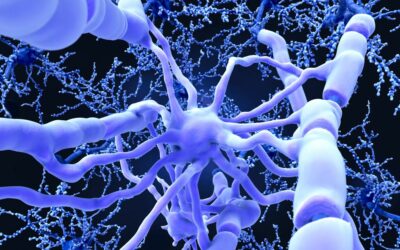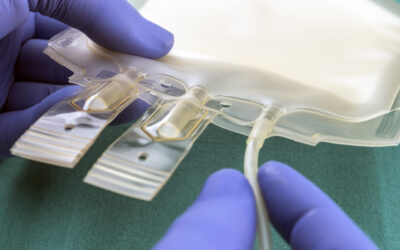Acute inflammatory demyelinating polyneuropathy (AIDP), characterised by the autoimmune destruction of Schwann cells with resultant myelin degradation, is the most common subtype of Guillain-Barré Syndrome (GBS). GBS encompasses a myriad of autoimmune polyradiculoneuropathies, typically following an antecedent infectious process. Symptom onset is typically 1-3 weeks following an upper respiratory or gastrointestinal illness and consists of rapidly progressive ascending areflexic motor paralysis. Lower cranial nerves are often involved, leading to bulbar weakness and respiratory compromise. Autonomic dysregulation is common and must be managed carefully to avoid potentially fatal autonomic dysregulation. Contrary to the potential severity of the condition, 66% of GBS cases present with the initial complaint of lower back pain. Intravenous Immunoglobulin (IVIg) and/or plasmapheresis coupled with supportive management is the mainstay of GBS treatment. The majority of patients make a full recovery in up to one year. The rapid and serious nature of the disease coupled with the often benign presentation can make the diagnosis a difficult but vital challenge.
To continue reading the article, click here: Cureus | Guillain-Barré Syndrome Presenting as an Acute Back Pain


